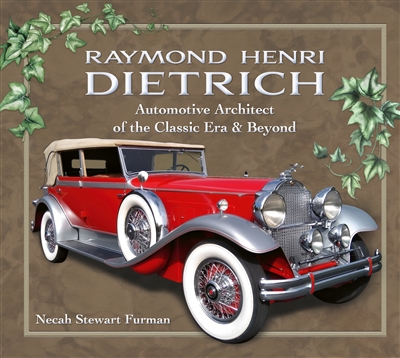
Raymond Henri Dietrich: Automotive Architect of the Classic Era & Beyond
|
|
|

|
|
|
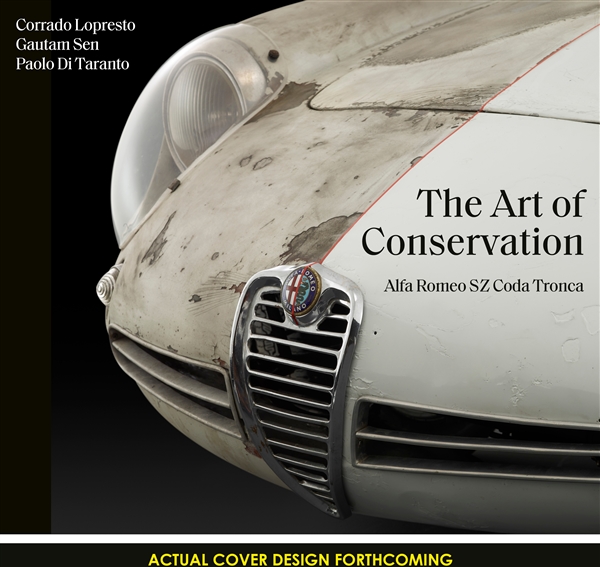
Pre-order now for early 2023 delivery
The story of rediscovering a very important historic vehicle and its conservation whereby the car has been treated as a work of art, saving as much as possible of the amazingly well preserved original. Drawing on art and archaeological techniques, prominent Italian collector Corrado Lopresto decided to clean only half the car, leaving the other half frozen in time. In the uncleaned half, Lopresto preserved everything (including the dust) under a thin layer of transparent matt lacquer. The cleaned part has not been restored either, but has been saved by retouching in such a way that the original aspects are not affected. This book “Alfa Romeo SZ Coda Tronca: The Art of Conservation” captures the rediscovery of this historic vehicle and the way it has been preserved – a fascinating tale of art meeting automobile. A very significant car in terms of aerodynamics and body design, this is the specific car on which the evolution from the Coda Tonda version of the Alfa Romeo Giulietta SZ to the Coda Tronca was executed
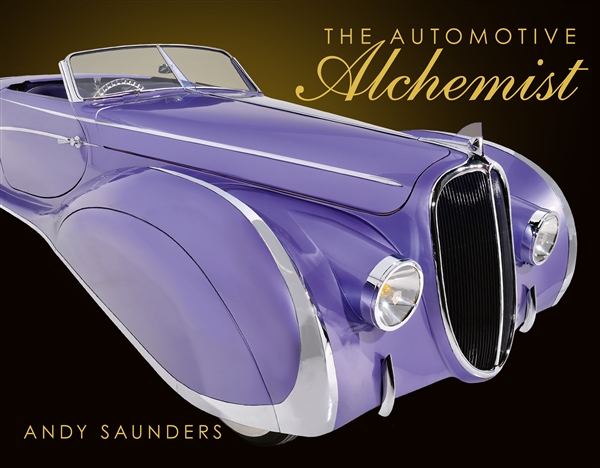
Andy Saunders’ ‘Automotive Alchemist ’ is a roller-coaster ride through the highs and lows of this charismatic man’s life. From the early years of learning the basic skills of cutting and shaping metal then painting and airbrushing, to his mature creations, restorations and the inherent genius of his designs. Andy welcomes us into his workshop and his head: not afraid to express his emotions, as he deconstructs and then rebuilds each vehicle, he lays bare his motivations, inspirations, influences, and passions. Intertwined in the narrative is the work involved in the creation of 60 cars, described here with many detailed photographs.
Forty-two of Andy’s creations now reside in museums and private collections across the globe but the most unusual fate is that of Flat Out, the Guinness Book of Records acclaimed Lowest Car in the World, which is now a coffee table in the foyer of a huge Californian corporation.
The book is not a technical ‘how to create wild custom cars’ manual. Rather it is a celebration of Andy’s joy of creation and his design genius, though tempered by personal traumas and losses. He has, on many occasions, been referred to as the British George Barris, the American “King of Kustomizers.” Unlike many biographies, this book engages the reader with its honesty and humour.
Andy Saunders grew up in Poole on the south coast of England and developed an early relationship with the building and customising of cars. His first project was finished before he was old enough to hold a British driving license.
Since that first project, his journey to become Britain’s leading and most recognisable ‘Car Artist’ has evolved. With his painstaking attention to detail and his knowledge of the styling masters from bygone eras, his creations have always been unique and, occasionally, controversial.
Never shy of turning his ideas into reality or taking unexpected opportunities to fruition, Andy has, on occasions, thrown away the accepted rule book and created some truly amazing vehicles: making a Citroën CX into a road-legal alien craft; turning Ford’s 1958 X-2000 ‘car of the future’ model into a full-sized reality and creating a Cord coupe that the factory would have been proud to call their own.
Andy has three Guinness Book of Records certifications: twice for the ‘lowest car in the world’ and once for the ‘lowest van in the world’ which remains unbeaten and has been approached by film companies and undertaken commissions for major car manufacturers. But mostly he builds whatever has inspired his creative juices from lowriders, Incantation, to shortened Minis, Mini Ha Ha; from restyling a Bentley Mulsanne, which was acclaimed by the Rolls-Royce and Bentley Owners Club as “the most beautiful coachbuilt Bentley to have been built since WWII”, to a 2CV inspired by Picasso – Picasso’s Citroën; and from his drivable version of Bertone’s Lancia Stratos Zero to his Art Deco creation of a rare 1939 Peugeot, Metropolis, inspired by Fritz Lang’s 1927 masterpiece of the same name.
During the past four decades Andy has restored Cord, Pontiac and Rolls Royce vehicles. Rescued and restored the unique and much-maligned 1957 Aurora Safety Sedan and realised an affinity with the great designer Alex Tremulis. Andy’s creations have appeared in exhibitions, on television and in magazines as far afield as Australia, Korea, America, the UK and Europe and many of his vehicles nowadays reside in museums and collections from California to Japan and from Europe to the Middle East.
And so to his latest masterpiece, Déjà: inspired by a 1930’s popular French girls name, some body panels he didn’t want or need and the pinnacle of French coachbuilding, Andy has created this Delahaye, a hand-built steel roadster. This beautiful cross between Joseph Figoni’s 165s and Jacques Saoutchik’s 175 somehow appears to be some eighty-five years late for her debut at the Paris Salon de l’Automobile.
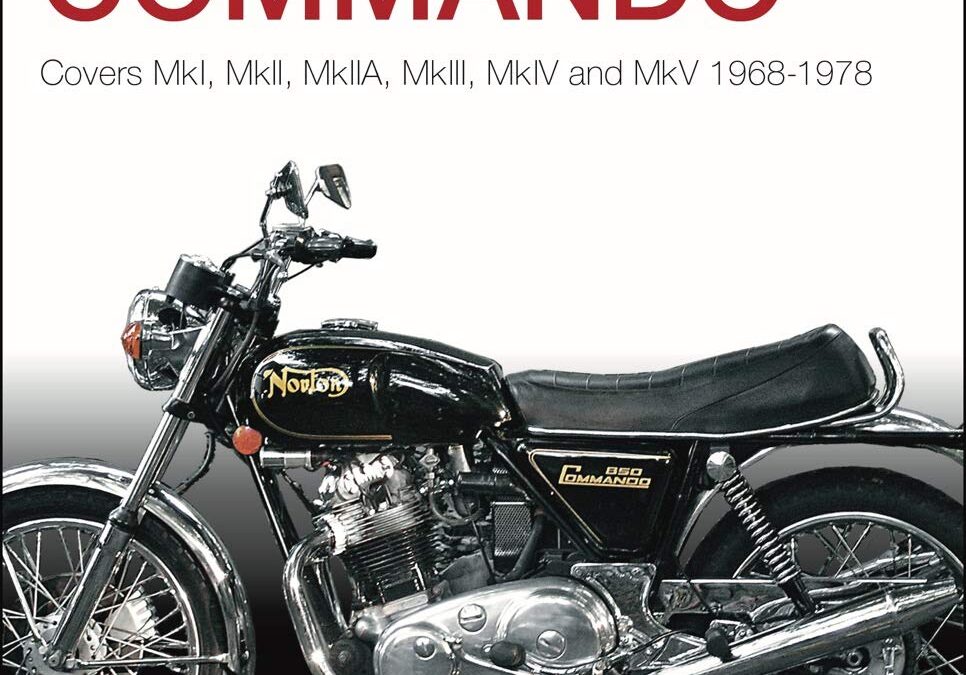
There are lots of books about the Norton Commando; about its history, performance, lineage, and the minutiae of its specification. But none of them will tell you what to look for when buying one secondhand. That’s what this book is about – it is a straightforward, practical guide to buying a used Commando. It doesn’t list all the correct colour combinations for each year, or analyse the bike’s design philosophy, or consider its background as part of a troubled industry – there are excellent books listed at the end of this one that do all of that – but it will help you avoid buying a dud. Point by point, it takes the reader through everything that needs looking at when buying a Commando, plus spares prices, which is the best model to buy for your needs, and a look at auctions, restorations and paperwork
The last of the ‘classic’ Nortons, the Commando remains a collector’s item, and many have been saved, restored and ridden – this book tells the reader how to be part of its ongoing story.

Renowned automotive writer Pat Foster celebrates the simple joy of hitting the highway in a vintage camper, trailer, RV, or van in this illustrated examination of their hardware and cultural histories—featuring evocative modern photography of restored and original-condition campers, as well as period photos and advertising art.
The look, the feel, and the sheer style of vintage campers and trailers are impossible to duplicate in sterile modern units. It’s little wonder more and more of us, from all walks and ages, are ditching the increasingly hectic modern life and rediscovering the simple freedom of small, uncluttered spaces and the wide-open road.
Foster breaks down the subject by camper categories, illustrating his knowledgeable text with beautiful modern and period images. Sidebars examine topics like clever designs that make small living possible, the evolution of campers and gear over the ages, tips for trailer living, first-person anecdotes from enthusiasts, and much more. Along the way, Foster covers all of the most popular camper and van brands, such as Winnebago, Airstream, Shasta, Spartan, Scamp, Volkswagen, and more.
Whether lived on the road, your driveway, or your armchair—your minimalist adventure starts here.
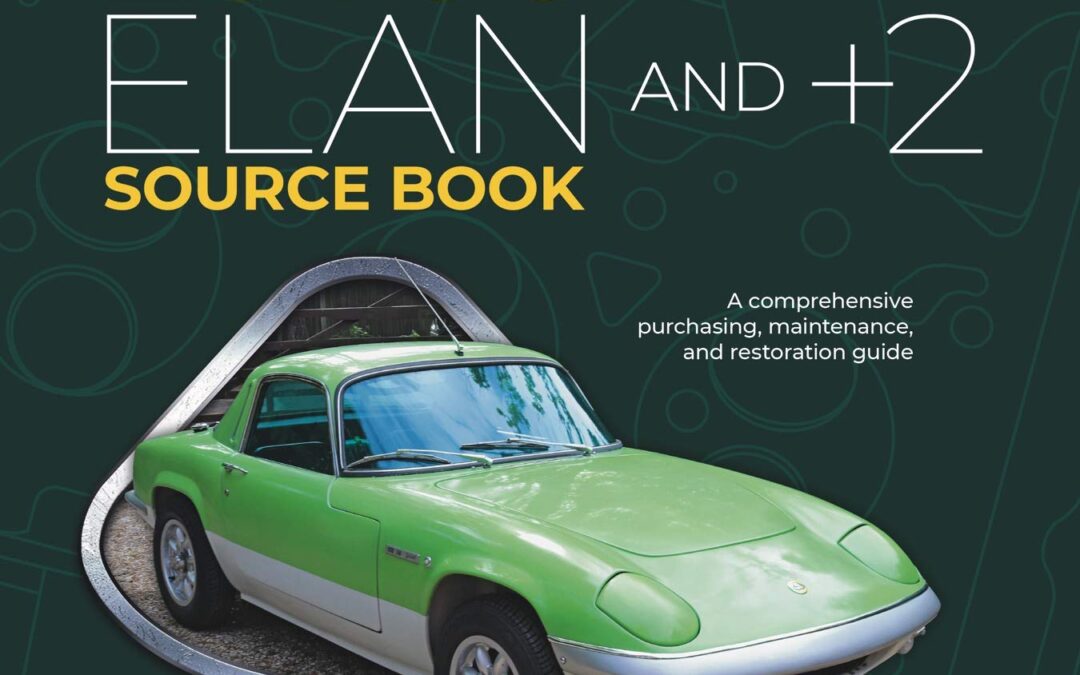
The Lotus Elan was Colin Chapman and Lotus’ first affordable road car, produced from 1962 and, along with its larger +2 variant, until 1974. As a replacement for the expensive Lotus Elite, the Elan and +2 were both successful sports cars, which carried Lotus through the 1960s and into the 1970s.
Starting with a brief history of Lotus and the Elan, Lotus Elan and +2 Source Book provides a detailed originality guide to the Elan and +2, identifying the design changes Lotus made to the models through their lifetimes. An ‘owner’s guide’ provides detailed information on owning and maintaining the cars in tip-top condition, and gives details of common faults and upgrades. The restoration guide gives any potential restorer the information to carry out the tasks needed to bring one of the these cars back from the dead.
With anecdotes and experiences from current and previous owners of Elans and +2’s, along with many colour photographs the book provides a valuable insight into owning running and racing these iconic cars.
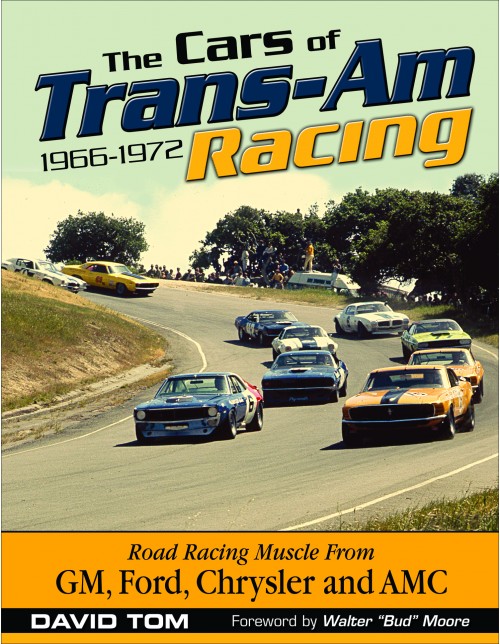
The legendary history of the pony car wars comes to life in this softcover edition of The Cars of Trans-Am Racing.
The SCCA Trans-Am Racing Series launched in 1966 and was designed to showcase a new class of sporty domestic cars racing on road courses. Each major automotive manufacturer participated heavily in the Trans-Am Series, and in a few short years, it became the ultimate American automobile showdown. When the modified muscle cars of the series were seen performing well on the country’s finest tracks, fans wanted a model of their own in the driveway. These “pony cars” boasted a new look and style not seen before, and their all-around performance eclipsed anything accomplished by production-based American GT cars up to that point.
This softcover edition of The Cars of Trans-Am Racing is unique in that it focuses on the cars used in this legendary series. These vintage Mustangs, Camaros, Challengers, Barracudas, Firebirds, Cougars, and Javelins all are extremely popular with collectors and enthusiasts today. Seeing them in their full-competition versions when they were new will bring back many fond memories for those who were fans of this series. In addition, enthusiasts who enjoy these cars today look to the Trans-Am Series cars for styling inspiration and performance hints as part of the growing Pro Touring trend.
Many of these historic cars have been restored to race-ready condition. Additional insight and interviews from the original builders and the teams that maintained the cars provide an insider’s viewpoint never before seen in print
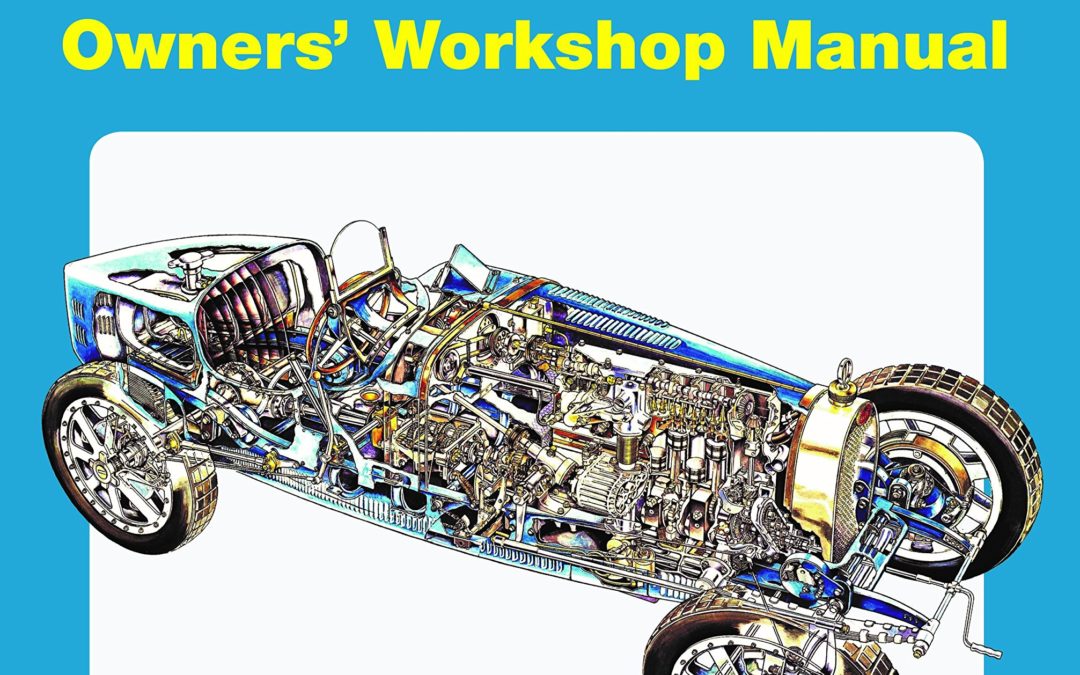
The Type 35 Bugatti brought new standards of workmanship and finish to racing and was the first Grand Prix car to be catalogued and offered for sale. This Bugatti Type 35 Owners’ Workshop Manual contains the Bugatti Story and is an addition to our growing range of classic racing car manuals. Being a sister title to our Bentley 4 1/2 Litre Owner’s Workshop Manual, and having input from respected restorers and owners, the book contains sections covering variants, competition history, anatomy, view from drivers, owners and engineers, restoration and historic racing results.
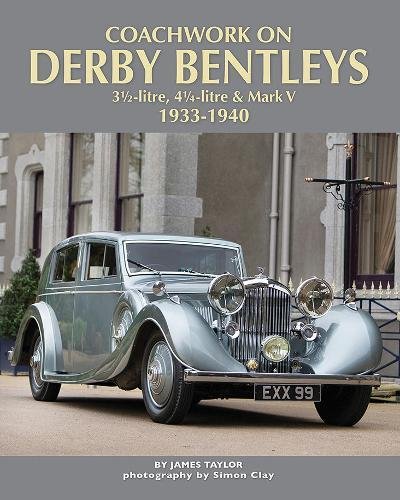
In the 1930s, Rolls-Royce’s Derby factory supplied Bentleys only as chassis, without bodies, and many customers for these refined, fast and enormously desirable cars would then turn to a particular coachbuilder to design and construct a body for them to meet their tastes and requirements. From Abbey of Acton, West London, to Worblaufen of Switzerland, by way of great names like Barker, Gurney Nutting, HJ Mulliner and Saoutchik, Coachwork on Derby Bentleys covers all the British and overseas coachbuilders on the Bentley chassis, and reviews the bodies they built on the 3.5-litre, 4.25-litre and the short-lived Mark V. The British coachbuilders are dealt with in alphabetical order, as are the overseas companies in a separate section, with details of the different types of bodies they supplied. Bentley aficionados will particularly appreciate the inclusion of chassis numbers for all the cars bodied by all the coachbuilders, which makes this a truly inclusive work. There are some 280 colour photographs, including in-detail shoots of 40 outstanding cars by the distinguished automotive photographer Simon Clay, and 80 black-and-white illustrations from the archives. Celebrating as it does the work of the leading coachbuilders of the era, as well as Bentley’s quite exceptional productions of the 1930s, this book offers an unrivaled store of knowledge for the many enthusiasts and owners who care passionately about the cars, and serves as a tribute to the people who made them.

The specially commissioned photographs in this book display each Beetle variant model in their full glory. From the military vehicles of the 1930s through the post- WWII cars, up to and including the final German-built model of 1979, this book offers a loving tribute to the car in sumptuous detail. The beautifully restored and kept cars of each decade are displayed across several double page spreads. Parts of each model are shown in close-up, compared and explained using studio photographs of each model’s steering wheels, indicators, engine bays and other aspects of design and function. The history of the Beetle is illustrated using contemporary archive photography, and attention is given to the cultural impact of the Beetle as shown through movies (such as the Herbie franchise), advertising and graphic design. This large format, fully illustrated book presents the Beetle as an object of art, albeit one that starts every time and will run forever on reused cooking oil, with a little modification.
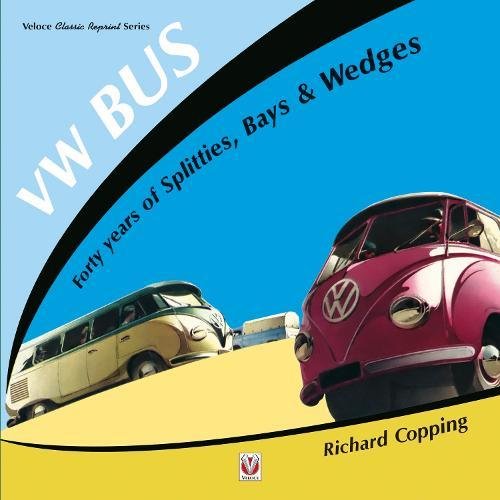
Visit any VW show and what do you find? Correct – wall-to-wall Campers. Interest in the numerous conversions offered over the years spirals ever-upwards as do asking prices for even the most dilapidated examples of the first three generations and 40-years of VW Bus conversions. But are there books to match? No – not, that is, until VW Bus – 40 years of Splitties, Bays & Wedges was conceived.
As a direct consequence of the lack of print available, author Richard Copping has collected a wealth of contemporary brochures from all the leading converters, knitted them together and produced a unique and vibrant story of the VW Camper from the first and often rustic conversions of the 1950s to the sophisticated homes on wheels of the late 1980s.
Stripping out the original text, Richard has carefully replaced it with his own lively yet informative story – while carefully retaining both the popular look and nostalgic feel of the age. From the untangling of the many stories that contributed to VW Camper history to a restorer‘s dream of detailed specifications and from the quirkiest of marketing strategies amazingly and endearingly primitive in the 1950s to suavely sophisticated in the latter days, if the word Camper is in it, it’s covered.
The meticulous reproduction of advertising brochures, many of which can easily be the best part of 50-years old, make this a hard to put down coffee table volume for some – a book with very much in vogue nostalgic visual appeal. For others, the lure of a lively and informative story peppered with carefully detailed pictures will ensure the book is a useful reference to visit over and over again.
This extensive collection of rarely seen advertising material provides a unique background to a much-needed book, designed to delight the multitude of VW Camper fans far and wide.
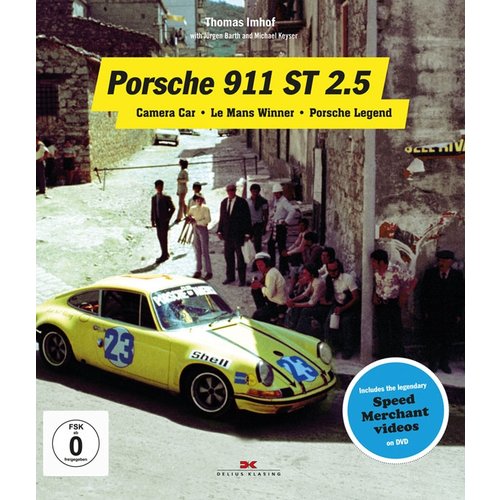
SOLD OUT
In 1972, this Porsche 911 2.5 S/T, with chassis number 911 230 0538, was at the World Sportscar Championship, and became class winner at the 24 Hours of Le Mans. The team, Michael ‘Mike’ Keyser and Jürgen Barth, participated in the long-distance race world championship in the USA, the 6 hours of Daytona, then the 12 hours of Sebring, followed by the Targa Florio and the 1000-kilometre race at the Nürburgring. Highlight of the season was the 24 Hours of Le Mans. More races followed. At the Targa Florio their car was even used as a dolly – that is, with cameras in the front and back, to shoot scenes for the film The Speed Merchants.
After an intensive search in the USA, the Porsche 911 2.5 S/T from 1972 was found and fully restored to the minutest detail. A photo, that was taken several years ago, no longer matches reality. Back then, the shape of the historic 911 was correctly described as ‘scrap heap’. In about two and a half years, several Porsche experts accomplished a magnificent masterpiece – finally presenting the 911 from San Francisco in historic shape.
Thomas Imhof started as a reporter at the racetracks of the world and went to the Auto Zeitung (Cologne) in 1988 where he worked as an editor. In 1995 he became manager of a newly founded agency in Rüsselsheim, that worked exclusively for Opel; in 1996 he started his own editorial office in Essen. He currently works for the Welt-Group, classics and design magazines, the monthly magazine Vectura (Switzerland) and online media. He also is an author and a translator (at Delius Klasing).
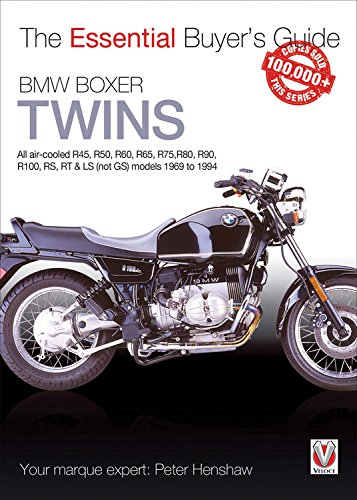
There are lots of books about the classic BMW Boxers; their history, performance, lineage, and the minutiae of its specification. But none of them concentrate entirely on telling you what to look for when buying one secondhand. That’s what this book is about – it is a straightforward, practical guide to buying a used Boxer twin. It doesn’t list all the correct colour combinations for each year or analyse the bike’s design philosophy – there are excellent books listed at the end of this one that do all of that – but it will help you avoid buying a dud. Point by point, it takes the reader through everything that needs looking at when buying a Boxer, plus spares prices, which is the best model to buy for your needs, and a look at auctions, restorations and paperwork
The last of the ‘classic’ air-cooled Boxer twins, these bikes are now collector’s items, and many have been saved, restored and continue to be ridden – this book tells the reader how to be part of the Boxer’s ongoing story.

An insight into owning, operating, maintaining and restoring the Royal Navy’s first armoured iron warship.
Designed and built to challenge an aggressive French shipbuilding program in the late 1850s, when commissioned, the 40-gun, steam-powered, ironclad HMS Warrior was the largest warship in the world.
The revolutionary design housed the main guns, 10 boilers, and steam engine inside an impregnable armored “box”, or citadel, made from 4½in thick wrought iron plates. Warrior is the only surviving example of Britain’s “Black Battlefleet”–the 45 iron hulls built for the Royal Navy between 1861 and 1877. She was restored in the 1980s and is now on public display at Portsmouth Historic Dockyard.
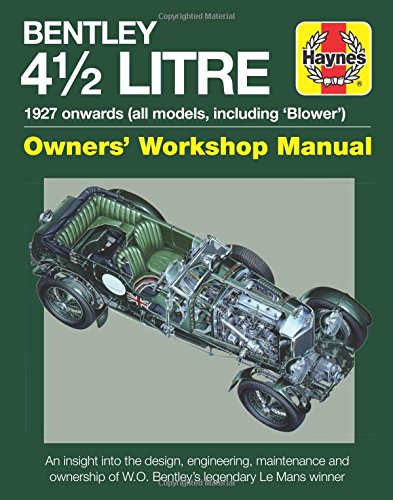
The 4 1/2 litre Bentley is one of the most iconic pre-war cars, and the super charged 4 1/2 litre “blower” Bentley is today one of the most sought-after and most valuable cars for collectors.
The “Bentley Boys” won several high-profiles races in Bentleys, and Woolf Barnato and Bernardo Rubin won with a 4 1/2 litre car in 1928. Five supercharged “Blower” Bentleys were built to compete at Le Mans, but the car’s Achilles Heel was its reliability, and it never won the 24-hour race.
This Manual provides details of the 4 1/2 litre unsupercharged and “Blower” Bentley racing cars, detailing their period racing history, anatomy and engineering, and provides an insight into owning, maintaining, and running an example of this iconic card today. Illustrated with period photographs and design and engineering material, plus photographs of restored examples in use today.
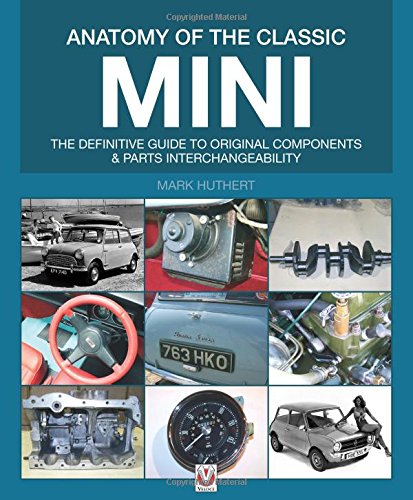
The Mini’s long production life saw many model changes, and literally thousands of component changes, making choosing and assessing the correct part for a classic Mini very difficult. This book is the result of years of research, and comprises almost 2000 photos showing these component variations, with captions explaining which Mini model and date each was originally designed for. With no German parts listed, this book is an essential volume for all restorers of classic Minis looking for true authenticity.
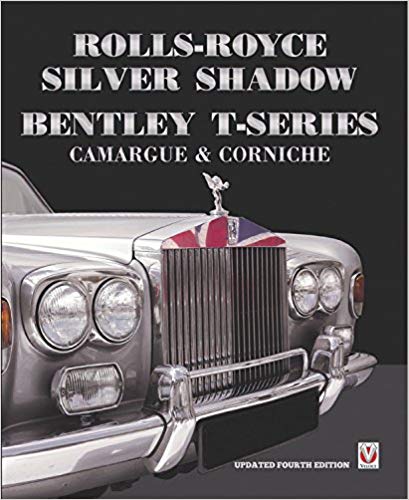
The Rolls-Royce Silver Shadow & Bentley T-Series were a revolutionary step forward when launched in 1965. This book tells the full story of these luxury automobiles, and gives the details of the models, their history, and the design of these classic British cars.
This extensively written and extravagantly photographed volume includes info on coach-built cars, the Silver Wraith ll, Corniche & Camargue. Malcolm Bobbitt also uses his extensive motoring experience to provide valuable advice for buyers, owners, and restorers.
This new Fourth Edition has been fully revised, and contains much new and updated information as well as several new pictures.
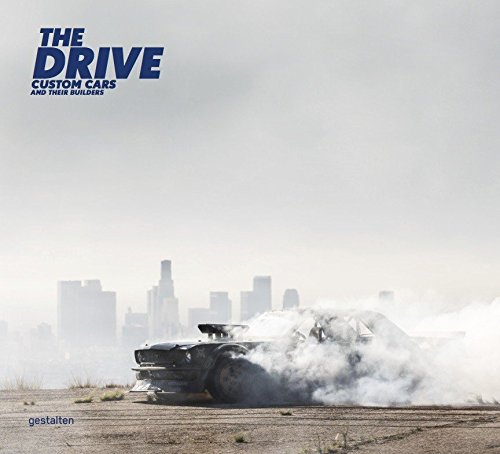
Better than the original and a long way from factories and assembly lines. Handcrafted, radical, and subversive, these custom cars are designed and made by a small number of specialists from around the globe who share a common goal: to create the ultimate driving machine.
From early hot rods and lowriders to modern tuning: this book presents a huge variety of unique cars from around the world. Automobiles have been tuned, restored, and rebuilt for years, but ―whether made for leisurely cruising or peak performance ― today’s custom machines are more interesting than ever before. After exploring custom motorcycles in The Ride and The Ride 2nd Gear, it’s high time to focus on the fourwheeled scene.
The Drive showcases the diversity and reach of this custom movement. Each car is utterly unique; each builder a true personality. Passion and craft meet in their workshops in North America, Europe, and Asia. The resulting vehicles ―and this book ― are for anyone for whom a car is so much more than just a way to get around.
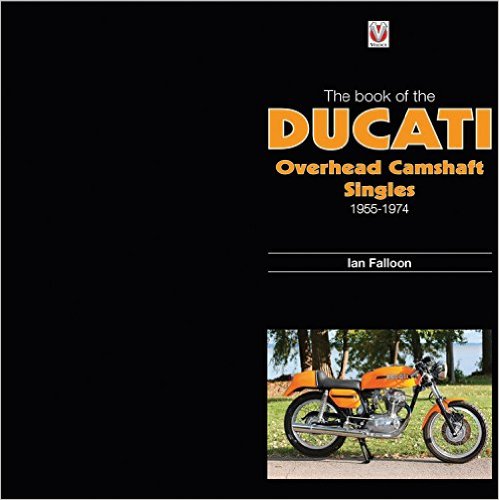
When Fabio Taglioni designed his 100cc Gran Sport Marianna back in 1954, it was unlikely he expected this engine to have such a long and lingering influence on Ducati design. Over the next 20 years, the single was developed into a myriad of different types, in capacities up to 436cc, and was the first production engine to utilise desmodromic valves. Incorporating features that continue to this day, the overhead camshaft single would become one of the most important designs in Ducati history. Years of research have resulted in this, the first book to document in detail all the types of Ducati overhead valve singles, making this book an invaluable resource to the collector, restorer, and enthusiasts of these magnificent motorcycles.
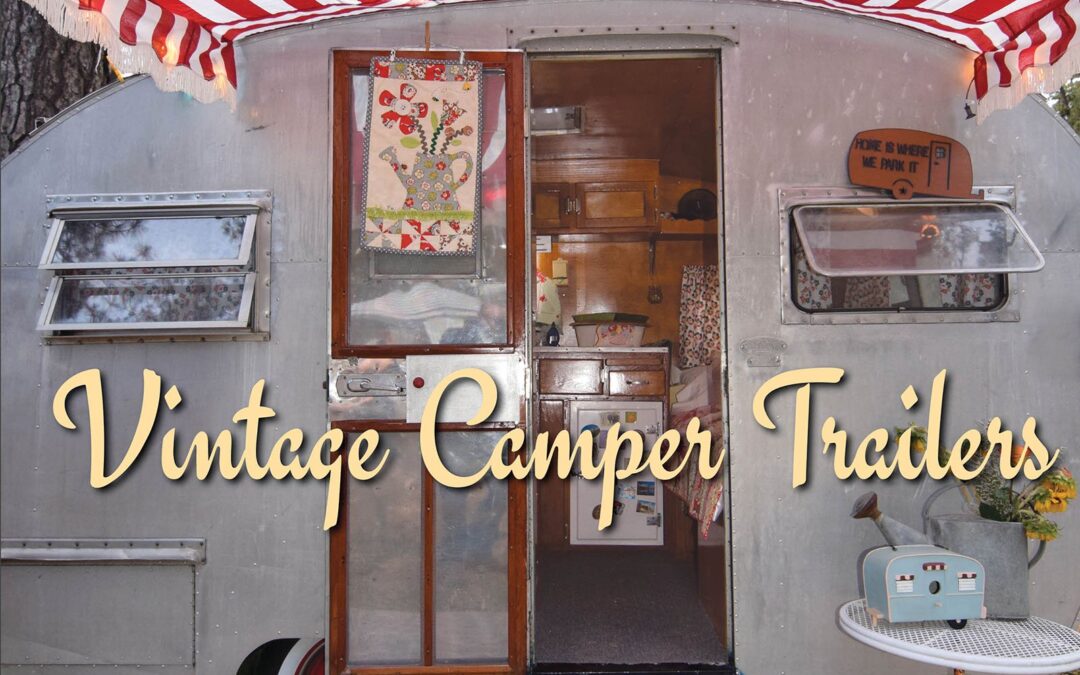
Vintage camper trailers are a unique symbol of mid-century America that resonates with many people. This book introduces many of those people, along with the trailers they’ve lovingly maintained or restored. It includes hundreds of photographs of everything from fancy and comfortable trailers designed for glamping (glamorous camping), to trailers handed down through families across generations, and even entrepreneurs who have transformed their trailers into vending booths.